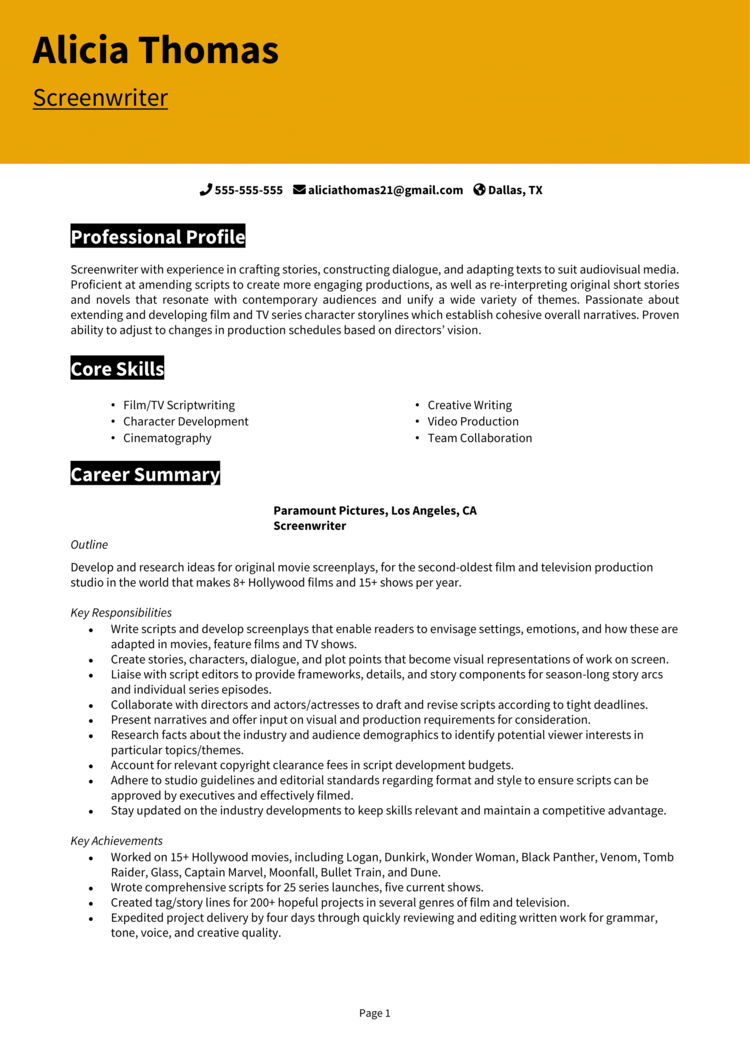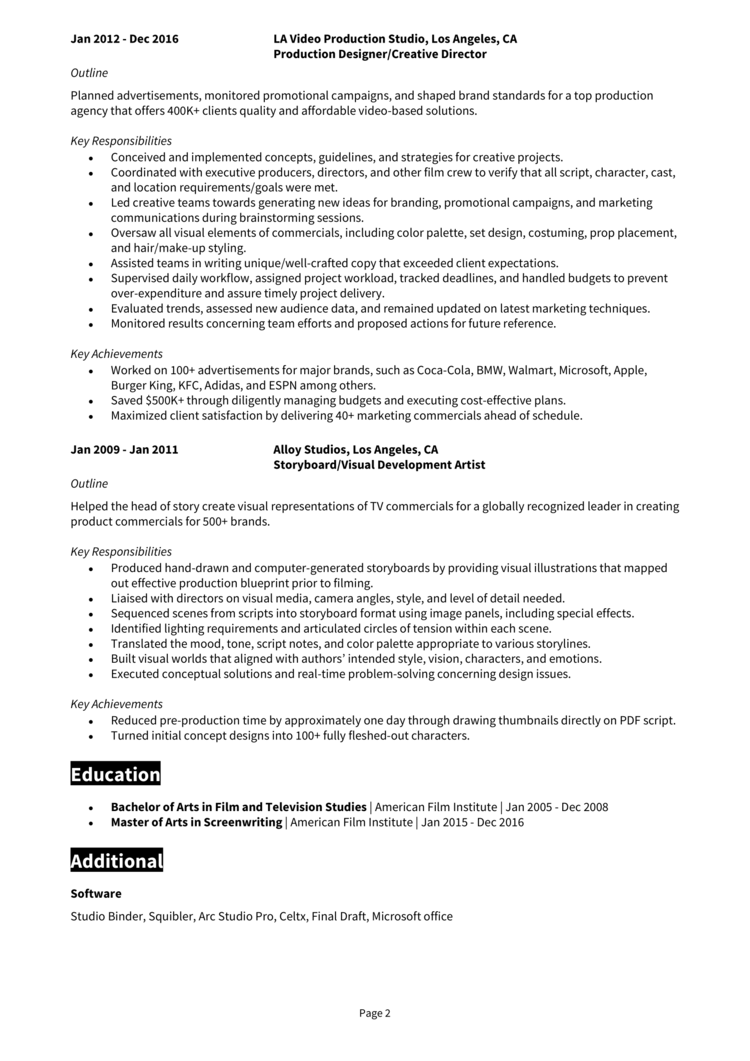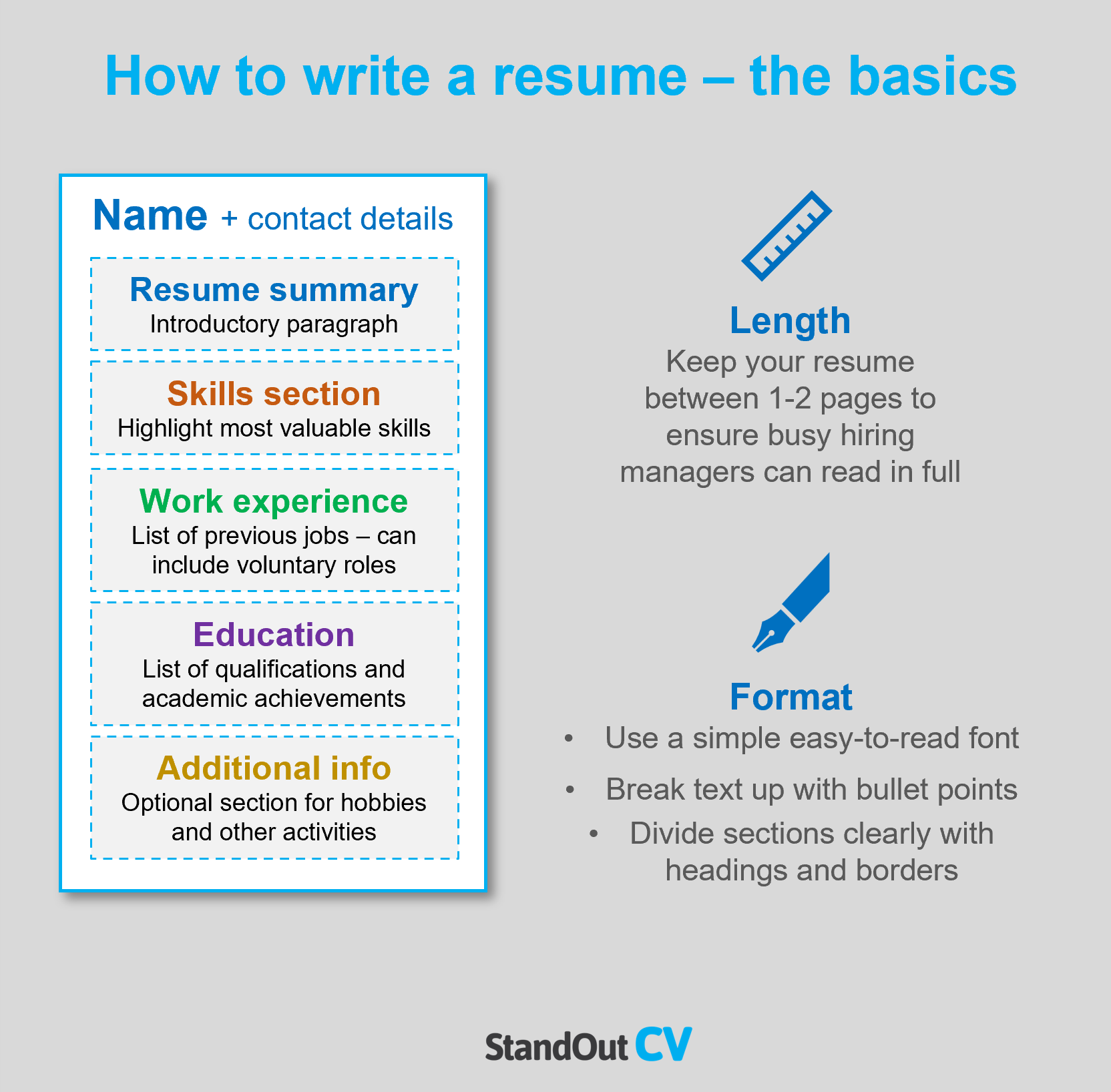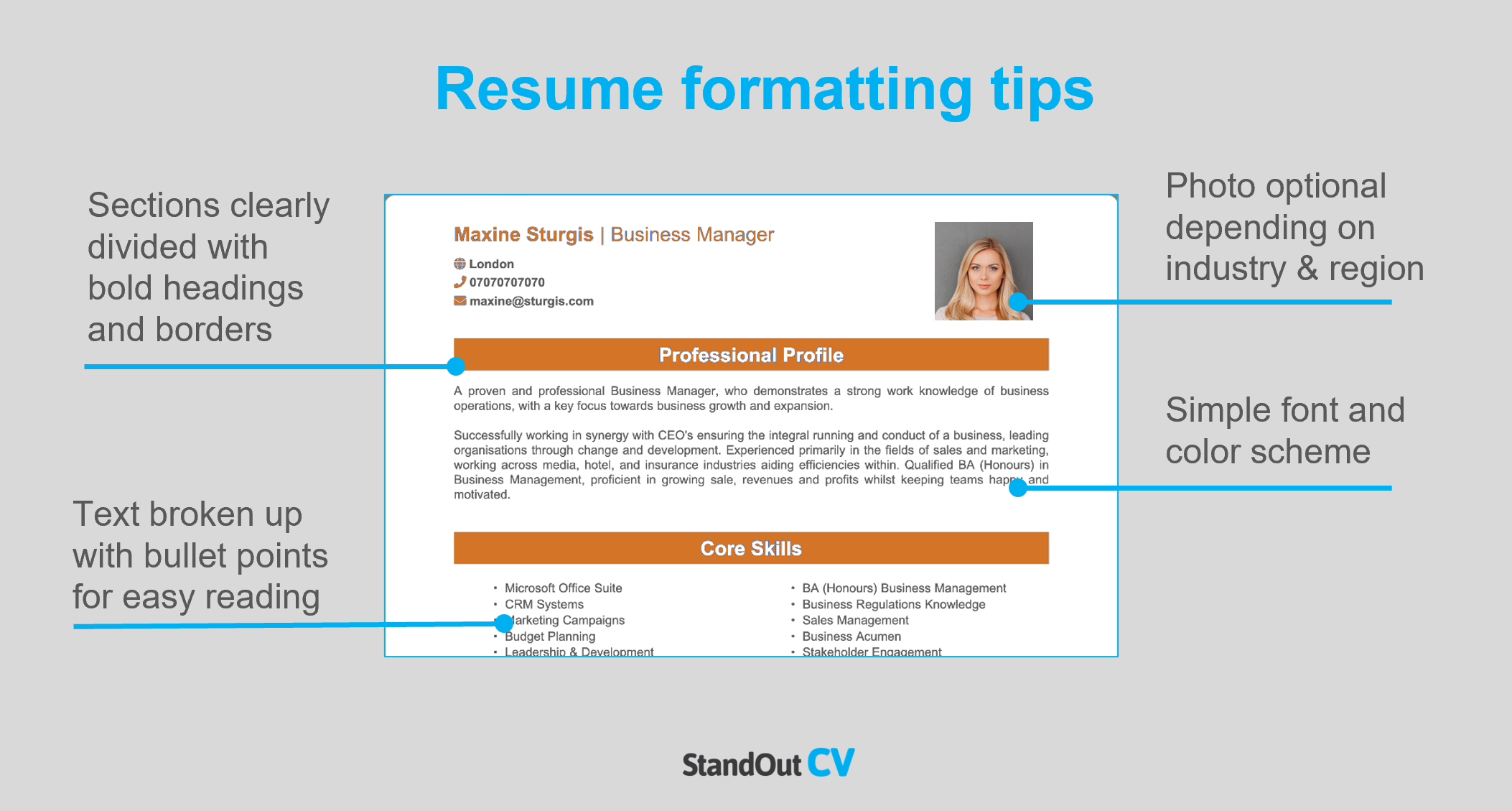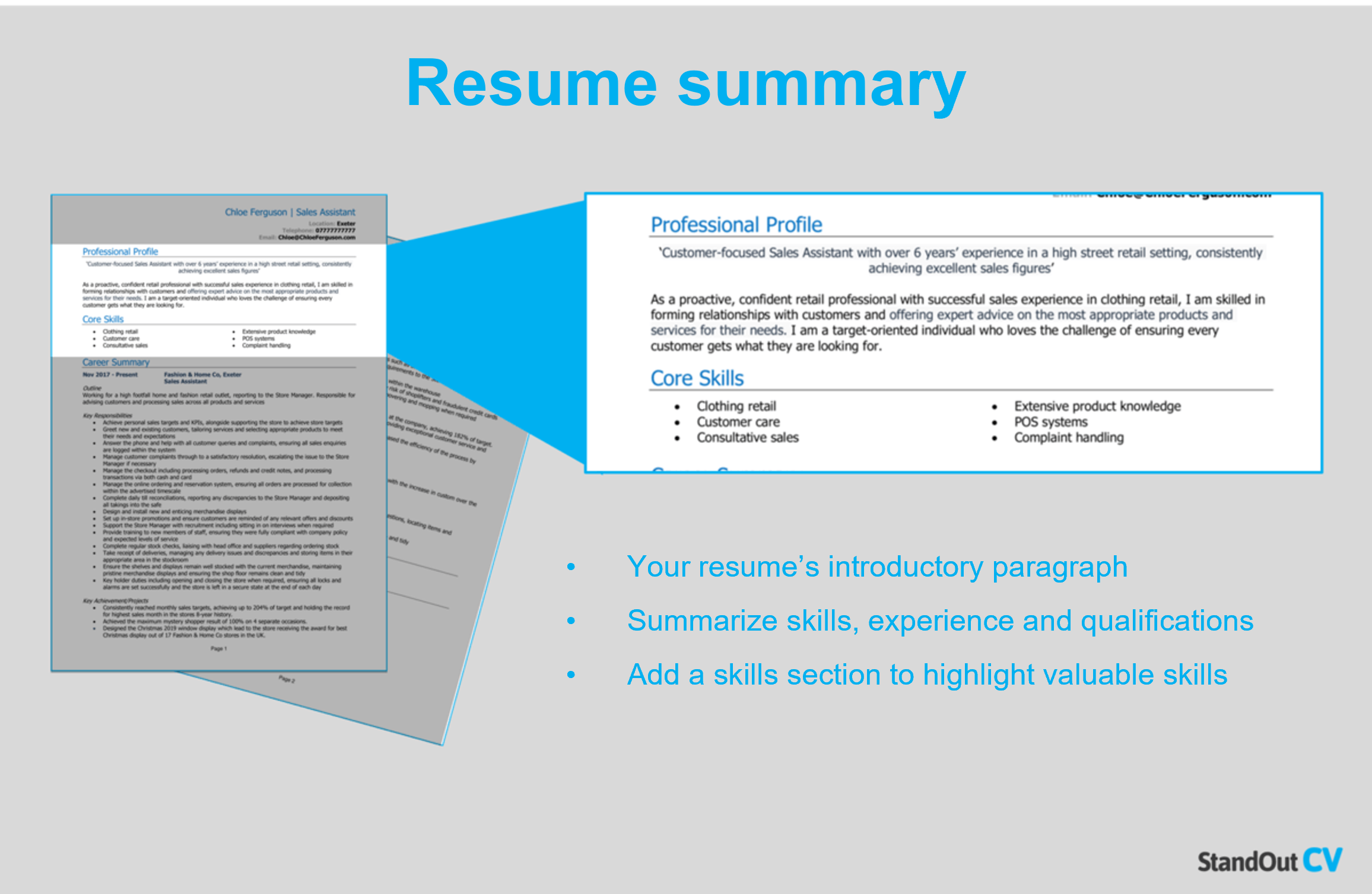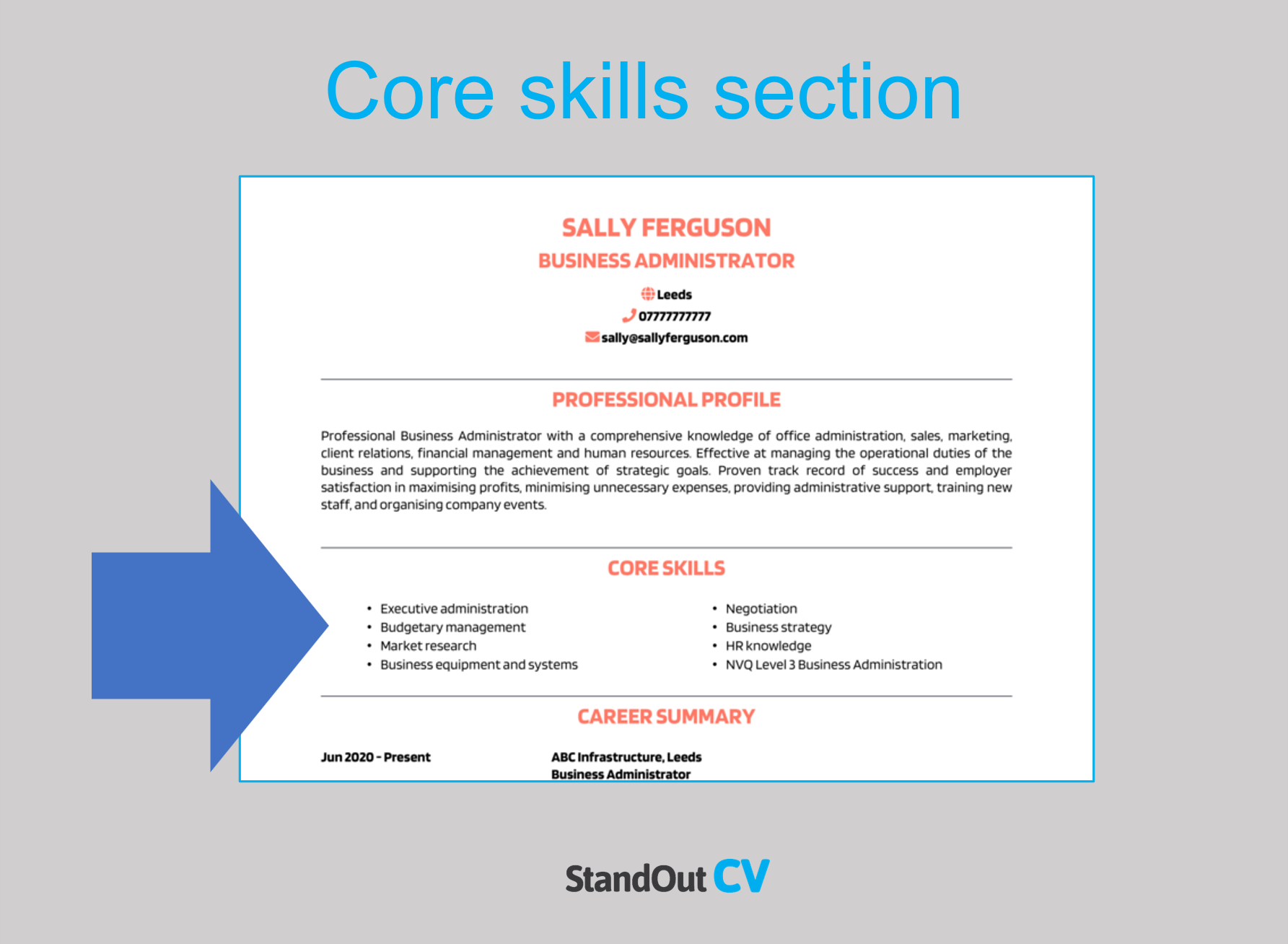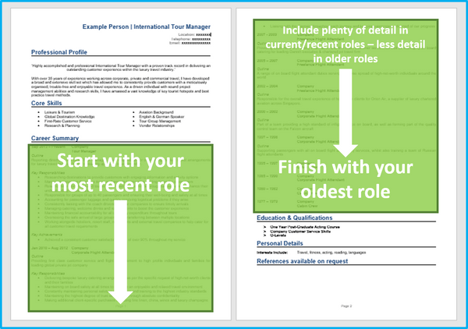You know how to put pen to paper and create a masterpiece for the big screen; the tricky part is telling your own story on your resume.
The good news is, we can help.
Using our writing guide and screenwriter resume example below, you can channel your creativity to craft an impressive application.
Guide contents
|
Screenwriter Resume Example
This Screenwriter resume example gives you a good idea of how a good Screenwriter resume should look and read.
The information is presented professionally, and the content is well structured to ensure that time-strapped recruiters and hiring managers can find the important skills and knowledge quickly.
Refer to this example as you write your own resume.

Screenwriter resume layout and formatting
When it comes to holding the attention of recruiting managers, the format and layout of your resume play a key role.
Your resume needs to strike a perfect balance between looking awesome, and being easy for recruiters to read (which is not always easy to achieve)
Use the following formatting tips to get started.
How to format your resume
- Length: Think that submitting a 10 page resume will impress recruiters? Unfortunately it won’t… Even if you’ve got tons of experience to brag about, recruiters don’t have time to read essays, so keep it brief – around 2 pages is the sweet spot.
- Font & text: Readability is the name of the game when it comes to your resume. Ensure yours is a dream to read by using a simple clear font, and breaking the text up with plenty of bullet points and short paragraphs.
- Design & layout: Go with a resume design that looks good, but also allows for easy reading and navigation for employers. Ensure the page is clearly split up into sections by adding large font headings and dividing borders. Keep the color scheme simple and don’t overcrowd the page.
- Photos: In the USA adding a photo to your resume is optional – you don’t have to do it, but it can be a nice way to get your personality across.
Quick tip: Achieving a professional look for your resume can be difficult and time-consuming. If you want to create an attractive resume quickly, try our quick-and-easy Resume Builder and use one of their eye-catching resume templates.
Resume layout
Add the following sections when you write your resume.
- Name and contact details – Add to the very top of your resume to introduce yourself and make it super-easy for recruiters to get in touch.
- Resume summary – Reel hiring managers in with an “elevator pitch” style paragraph which sums up your suitability for the job.
- Skills section – A short and sharp list of your most important skills, that can be quickly skim-read.
- Work experience – List your previous jobs (from newest to oldest) detailing the skills learnt and applied in each.
- Education – List your qualifications and professional training.
- Additional info – If it helps your application, you can add an extra section for things like hobbies and interests.
Here’s what you should include in each section of your resume.
Resume Contact Details
Make it easy for hiring managers to contact you by adding your contact details to the top of your resume.
Keep this section small to save space and include the following.
- Name and profession title
- Telephone number – Ideally your cell phone so you can answer quickly.
- Location – Add your general location such as LA or New York
- Email address – Use a professional looking one with no nicknames.
You can add a link to your LinkedIn profile if you have one – you do not need to include personal details like date of birth or marital status.
Screenwriter Resume Summary
Now it’s time to get into the real content of your resume, starting with the summary.
Your resume summary is a short paragraph at the top of the document, and its jobs is to catch the eye of hiring managers by summarizing all your skills and knowledge that are most important to the roles you are applying for.
3 tips for creating a resume summary that will get noticed:
- Keep it concise: Attention spans are short in the job market, so keep your summary brief and high-level at around 4-7 lines – This is just enough to catch the eye of rushed hiring managers.
- Tailor to target jobs: Ensure your profile makes an impact by matching it closely to the requirements of the job description, copying as many key terms as possible.
- Don’t use cliches: You may be a “team player who always give 110%” but generic phrases don’t tell employers much about you in reality – stick to factual information.
Example resume summary for Screenwriter
What info to include in your Screenwriter resume summary?
- Summary of experience: What kind of companies have you worked for in the past? And which jobs have you carried out?
- Relevant skills: Scatter your most in-demand Screenwriter skills through your summary to ensure they are noticed quickly by hiring managers.
- Vital qualifications: Mention any Screenwriter qualifications that are important to your profession in the summary briefly, to show you are qualified to carry out the role.
Quick tip: Choose from hundreds of pre-written summaries across all industries, and add one to your resume with one-click in our quick-and-easy Resume Builder. All written by recruitment experts and easily tailored to suit your unique skillset and style.
Core skills section
In addition to your resume summary, your core skills section provides an easily digestible snapshot of your skills – perfect for grabbing the attention of busy hiring managers.
As Screenwriter jobs might receive a huge pile of applications, this is a great way to stand out and show off your suitability for the role.
It should be made up of 2-3 columns of bullet points and be made up of skills that are highly relevant to the jobs you are targeting.
Top skills for your Screenwriter resume
Film/TV Scriptwriting – Writing engaging and enticing scripts for mass media including films and television productions.
Creative Writing – Creating scripts using imagination, creativity, and innovation in order to tell a story through strong written visuals with an emotional impact.
Character Development – Creating fully rounded, complex, and lifelike characters with personality, depth, and motivations.
Video Production – Producing content for video including selecting program formats for the final output, capturing/importing media, organizing raw media, editing footage and sound files, and creating and inserting static and motion graphics.
Cinematography – Capturing motion pictures including utilizing techniques such as the general composition of a scene; the lighting of the set or location; the choice of cameras, lenses, filters, and film stock; the camera angle and movements; and the integration of any special effects.
Quick tip: Our quick-and-easy Resume Builder contains thousands of in-demand skills for every profession that can be added to your resume in seconds – saving you time and greatly improving your chances of landing job interviews and getting hired.

Resume work experience section
Once you’ve got recruiters interested with your impactful summary, your work experience is where the real detail will lie.
Lay out your previous jobs from current to oldest, detailing what you contributed and achieved in each one.
If you’re highly experienced you can cut this section down to your most recent few years of work, but if you are junior you can bulk this up with voluntary work and college placements.
Structuring your job descriptions
Without a good structure, your job description can look messy and overwhelming to anyone reading them.
Make it easy for recruiters to read your work experience by structuring your roles like this.
Job outline
Start with a 1-2 sentence outline of the role, summarizing what the goal of your position was, who you reported to (or managed) and the type of organization you worked for.
Key responsibilities
The bulk of the role description should be comprised of bullet points that explain all of your duties in the job.
Keep the sentences short and simple to make them easy for recruiters to digest.
Key achievements
Round off each job by adding some impressive achievements you made in the role.
Anything you’ve done that has made a big impact on your employer will make a good impression, think; generating revenue, saving costs, or improving a product.
Quantify your achievements with number where possible e.g. “reduced call wait time by 10%”
Example job for Screenwriter resume
Outline
Develop and research ideas for original movie screenplays, for the second-oldest film and television production studio in the world that makes 8+ Hollywood films and 15+ shows per year.
Key Responsibilities
- Write scripts and develop screenplays that enable readers to envisage settings, emotions, and how these are adapted in movies, feature films and TV shows.
- Create stories, characters, dialogue, and plot points that become visual representations of work on screen.
- Liaise with script editors to provide frameworks, details, and story components for season-long story arcs and individual series episodes.
- Collaborate with directors and actors/actresses to draft and revise scripts according to tight deadlines.
Quick tip: Create impressive job descriptions easily in our quick-and-easy Resume Builder by adding pre-written job phrases for every industry and career stage.
Education section
Nearing the end of your resume, your education/qualifications section should be added.
In a well-structured list, add all of your qualifications and certifications that qualify you to perform a typical Screenwriter role.
If you have plenty of work experience, keep this section brief – if not, add lots of detail to make up for your lack of experience.
Additional information
If you have anything else to add which is relevant to the jobs you are applying for, the additional info section is the place to add it.
Perhaps you have a hobby which involves relevant skills, or maybe you have some awards or publications worth mentioning.

Writing your Screenwriter resume
Writing a Screenwriter resume can be challenging but following the steps above will ensure that you land plenty of interviews.
If you want to speed up the process and use an attractive professional template, try out our quick-and-easy Resume Builder.
Good luck with your job search!
